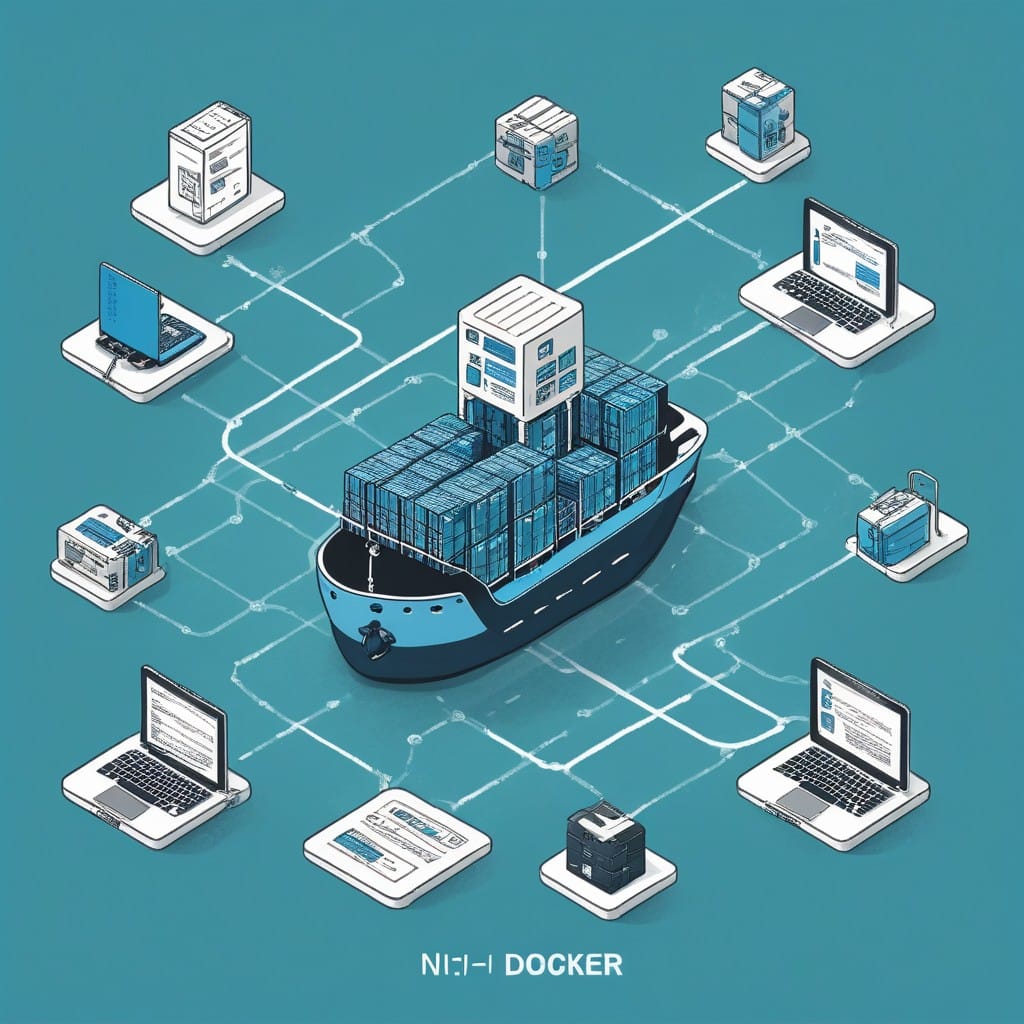Self-Hosting n8n with Docker Compose: A Step-by-Step Guide for Seamless Workflow Automation

In today’s fast-paced digital world, automating repetitive tasks can save time, reduce errors, and boost productivity. n8n is a powerful, open-source workflow automation tool that lets you connect apps, APIs, and services without writing code. While n8n offers a cloud version, self-hosting it gives you full control over your data and workflows.
In this guide, we’ll walk through how to self-host n8n using Docker Compose for a seamless, scalable, and secure automation setup.
Why Self-Host n8n with Docker Compose?
Self-hosting n8n comes with several advantages:
- Data Privacy: Keep sensitive workflows and data on your own infrastructure.
- Customization: Tailor the setup to your needs, including plugins and integrations.
- Cost-Effective: Avoid subscription fees for the cloud version.
- Scalability: Easily scale resources as your automation needs grow.
Docker Compose simplifies deployment by managing containers and dependencies in a single configuration file, making it ideal for self-hosting n8n.
Prerequisites
Before diving in, ensure you have:
- Docker and Docker Compose installed on your server or local machine.
- Basic familiarity with the command line and YAML files.
- A domain name and SSL certificate (optional but recommended for production).
Step 1: Create a Docker Compose File
Start by creating a docker-compose.yml file to define the n8n service:
```yaml
version: '3'
services:
n8n:
image: n8nio/n8n
restart: unless-stopped
ports:
- "5678:5678"
environment:
- N8N_BASIC_AUTH_ACTIVE=true
- N8N_BASIC_AUTH_USER=
- N8N_BASIC_AUTH_PASSWORD=
volumes:
- n8n_data:/home/node/.n8n
volumes:
n8n_data:
```
Key Configuration Notes:
- ports: Maps port 5678 (n8n’s default) to your host.
- environment: Enables basic authentication for security. Replace <your-username> and <your-password> with your credentials.
- volumes: Persists workflow data between container restarts.
Step 2: Launch n8n
Run the following command in the same directory as your docker-compose.yml file:
bash
docker-compose up -d
This starts n8n in detached mode. To verify it’s running, check:
bash
docker ps
You should see the n8n container listed.
Step 3: Access the n8n Web Interface
Open your browser and navigate to:
http://<your-server-ip>:5678
Log in using the credentials you set in the docker-compose.yml file.
Step 4: Secure Your Instance (Optional but Recommended)
For production use, consider:
- SSL/TLS: Use a reverse proxy like Nginx or Traefik with Let’s Encrypt.
- Firewall Rules: Restrict access to port 5678.
- Backups: Regularly back up the
n8n_datavolume.
Step 5: Explore and Automate
With n8n running, you can:
- Create workflows using the visual editor.
- Connect to 300+ integrations (e.g., Slack, Google Sheets, GitHub).
- Schedule or trigger workflows via webhooks.
Troubleshooting Common Issues
- Port Conflicts: Ensure no other service is using port 5678.
- Authentication Errors: Double-check the credentials in
docker-compose.yml. - Data Persistence: Verify the volume is correctly mounted.
Conclusion
Self-hosting n8n with Docker Compose is a straightforward way to take control of your workflow automation. With this setup, you gain flexibility, security, and scalability—all while keeping your data private.
Ready to automate? Deploy n8n today and start streamlining your workflows like a pro!
For advanced configurations, check out the official n8n documentation. Happy automating!
```
This blog post provides a clear, step-by-step guide while keeping it SEO-friendly with keywords like "self-hosting," "Docker Compose," and "workflow automation." Let me know if you'd like any refinements!



